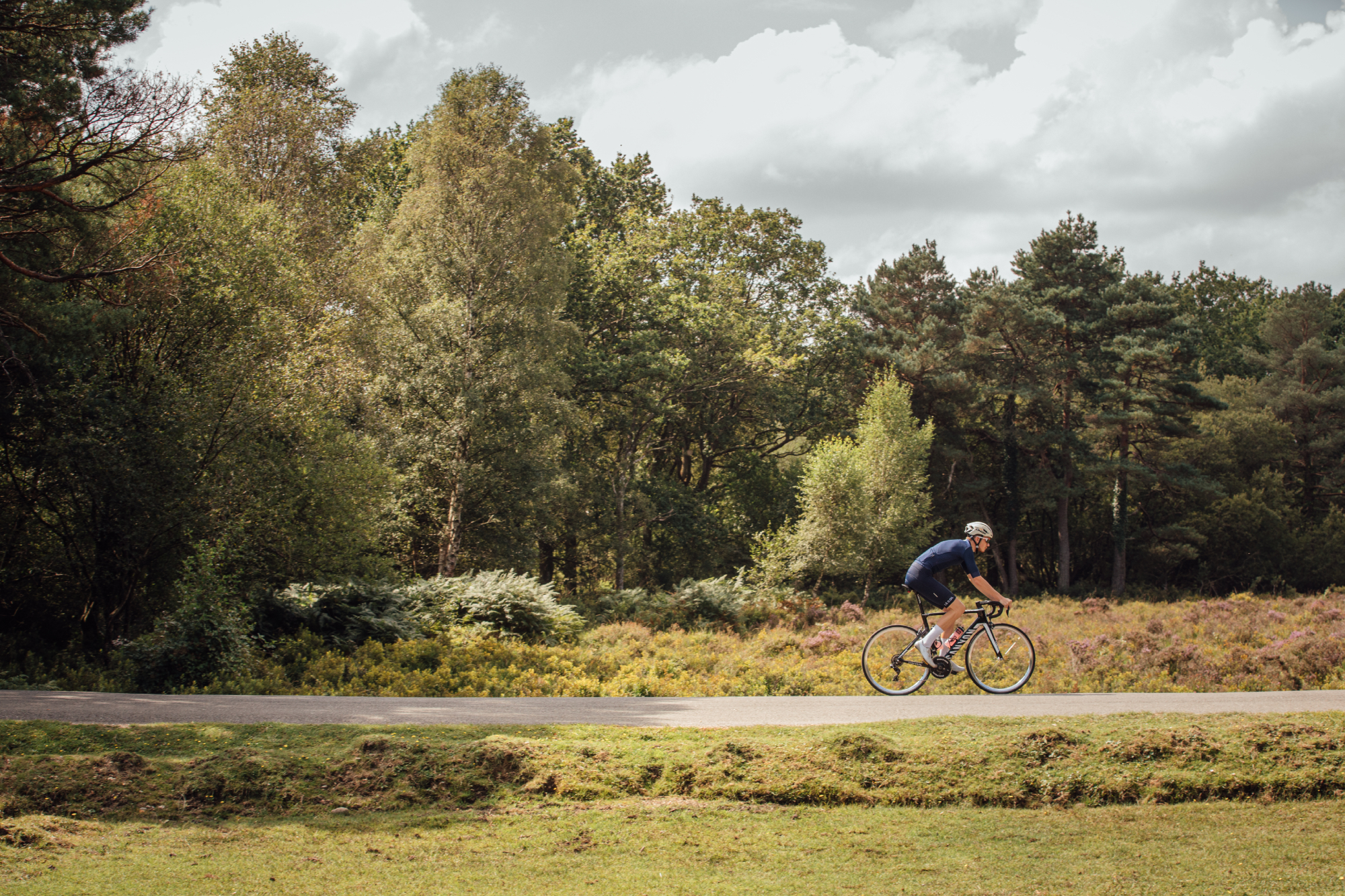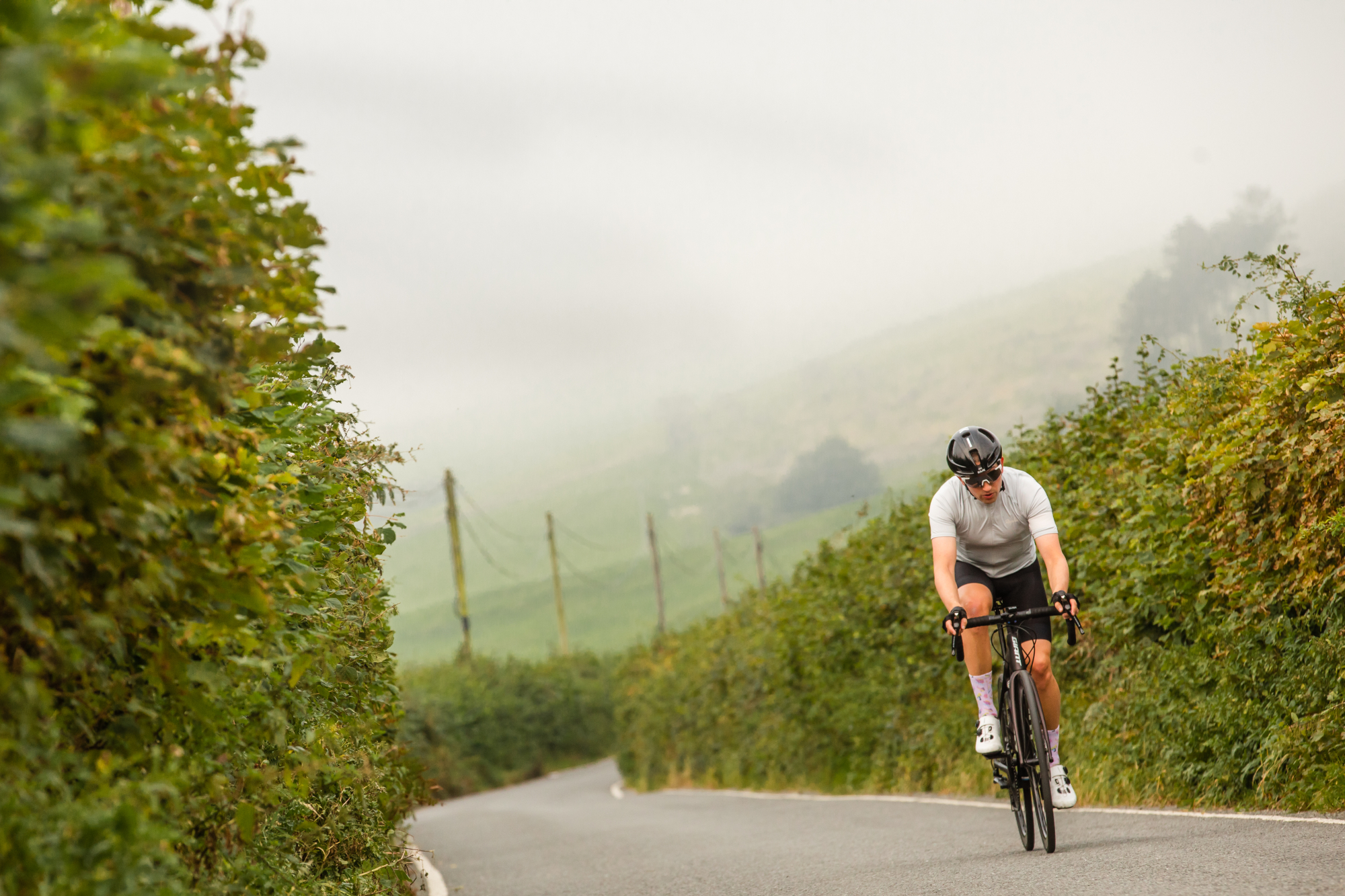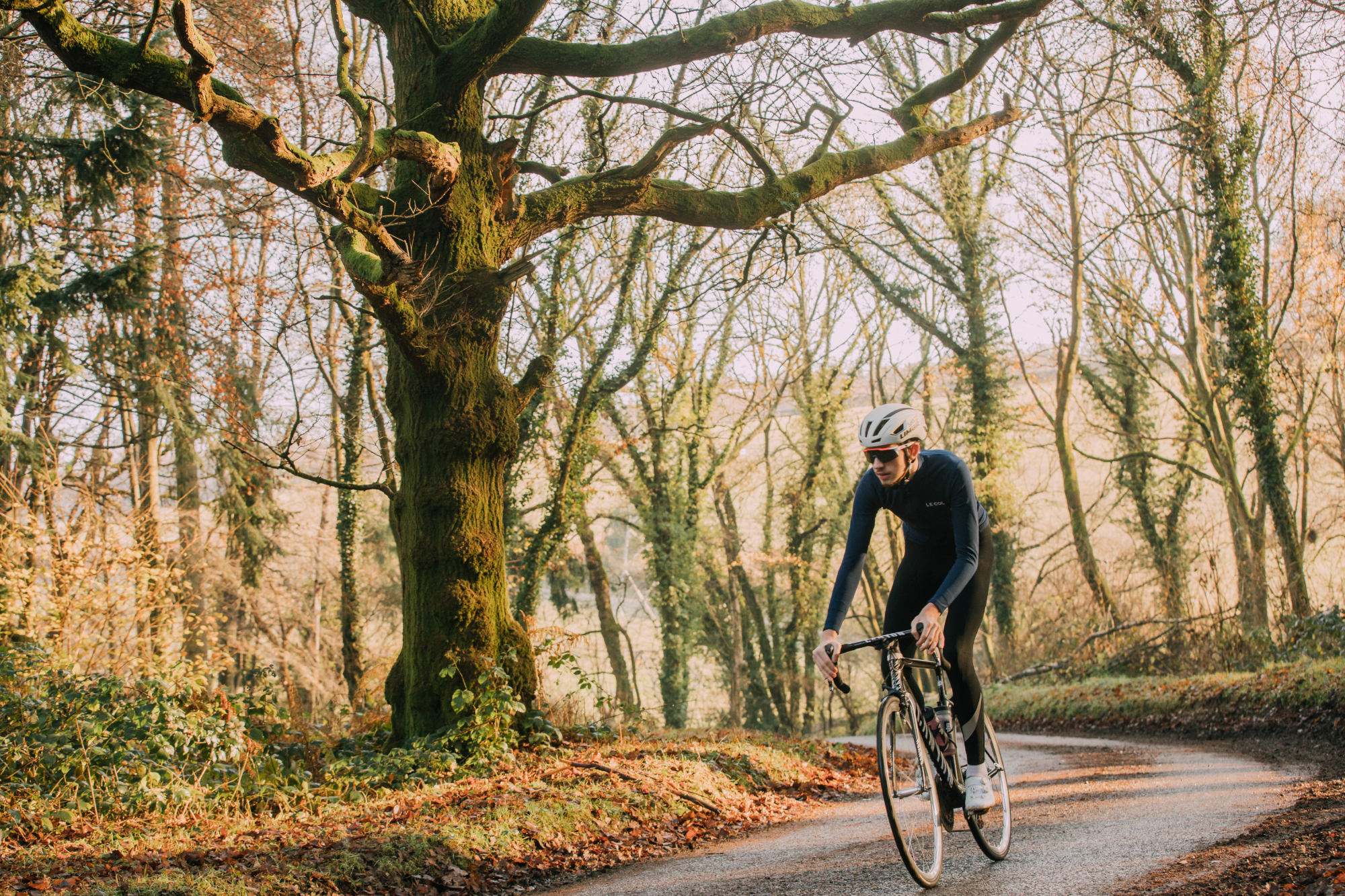Is it worth investing in a power meter for endurance riding?
Here’s how power meters and heart rate monitors stack up on longer rides


If you’re looking to build your cycling endurance, going on long rides and sticking faithfully to the right (i.e. low) intensity is a vitally important part of a well-balanced training plan for developing this area of your fitness. We'll discuss whether heart rate or power readings are best to use for pacing your long rides, and the reasons behind this approach...
There are three ways in which you can quantify how hard an effort or training session was:
Internal load: this is how hard your body had to work – by wearing a heart rate monitor we can use heart rate (HR) as a measure of how hard your body is having to work
External load: how much energy your body produced – by fitting a power meter we can use power output to quantify how much work you have done
Subjective load: how hard you found the effort – typically we use the rate of perceived exertion (RPE) scale (either from 1-10 or 6-20) and then multiply this by the duration of the session
All three are perfectly viable and valid options for building your cycling endurance, the tricky thing is that we get slightly different answers from all these approaches. The reason is that all three of these measures are influenced by external factors. For example, your HR might be high for a given power if you are exercising in hot conditions, power output might be lower for a given HR if you are exercising at altitude and RPE at a given power and HR might be lower if you are doing a group ride as opposed to a solo ride.

It is important to remember that is that there is no hierarchy in terms of these measures, one isn’t better or worse than the other(s). They all tell us something slightly different about a training session and thus, the best approach is to use them all to properly describe a training session.
The latest race content, interviews, features, reviews and expert buying guides, direct to your inbox!
When I prescribe endurance rides to the athletes I work with I will typically give a band of intensities to work with; a range of power outputs, a corresponding range of HR values and a range of RPE values. However, as riders fatigue, these values tend to diverge from one another. For example, late in an endurance ride, it might feel harder and harder to maintain a certain power output or HR might start to drift upwards. As this happens, I will typically suggest athletes maintain the internal and subjective measures (HR and RPE) at a consistent level rather than the external measure (power output).
The reason for this divergence is that the physiological thresholds and as a result cycling training zones (when set to power outputs) are not fixed but instead decline during a long ride. As we fatigue, we become less efficient and our bodies have to work harder to produce the same power. Exactly how much and how quickly the process occurs is different from rider to rider. This is known as an athlete’s durability. More durable athletes experience a smaller drop in performance as they fatigue and less durable athletes suffer a bit more.

However, the HR and RPE at which these thresholds occur are (more) fixed. Therefore, if the goal in a training session is to maintain a consistent physiological stimulus over the course of the entire ride (as is often the case during an endurance ride) it is probably better to follow internal rather than external measures.
It is, for this reason, I tell athletes to use HR or RPE to guide their longer rides, as they fatigue this will mean they will be producing a little less power but that is fine. If athletes do the opposite and ride to a relatively fixed power output, then the ride becomes increasingly fatiguing and at a higher and higher relative intensity as it progresses. The downside of this is it can induce too much fatigue and compromise the next training session.
If you want to understand why this might not be the best way to approach your training, check out my answer to the question ‘should my bike rides get harder every week?’ here.
James Spragg is a sports scientist and coach, working both in research and applied settings. When not working with athletes James can be found skiing, climbing, cycling or drinking coffee!
Alongside Dan Lorang and Peter Leo, James runs Intercept Performance Consultancy. Over the last 8 years in various roles, as coaches, performance consultants, performance managers, and sports scientists, Dan, James and Peter have played a role in helping athletes achieve more than 10 World Championship titles, several Olympics medals (including a Gold and Silver Medal in Tokyo 2020) and several Top 5 results in some of the biggest sporting events on the planet (Tour de France, Olympics, World and European Championships). Our single focus is on improving performance in all settings.
